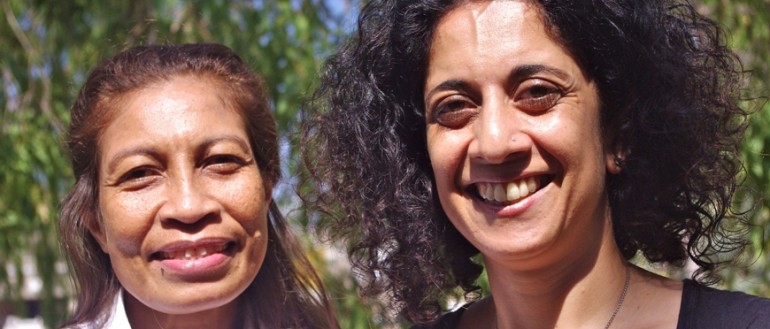Aims:
- To understand how the immune system in Indigenous people responds to influenza infections and how this might differ from non-Indigenous people.
Objectives:
- To design new vaccines against influenza that will work in both Indigenous and non-Indigenous populations.
Summary:
We will be recruiting 125 Indigenous participants. Collaborators in Melbourne will determine how the T immune cells from these participants respond to different parts of the influenza virus. This information will be used to inform the design of T cell based vaccines and ensure such vaccines are effective in both Indigenous and non-Indigenous populations. We will also investigate whether there may be a specific genetic predisposition to severe influenza infections in the Indigenous population of northern Australia.
Implications for policy and practice:
Our work to date has determined that additional resources are required during influenza pandemics in northern Australia (as compared to other areas in Australia) given the heavy burden of disease in the Indigenous population. Our investigations into T cell immunity will inform novel T cell based vaccines.
Our research has found:
We have determined that Indigenous people were 12 times more likely than non-Indigenous people in Northern Australia to be admitted with pandemic H1N1 2009 influenza (swine flu). Thus, a vaccine that can be given as a once off and protects against severe diseases would be greatly beneficial.
Chief Investigator:
Project Manager:
Contact information:
Project dates:
The project will run from 2013 onwards.
Funders:
- National Health and Medical Research Council (NHMRC).
Collaborators:
- Katherine Kedzierska, University of Melbourne
-
Adrian Miller, Griffith University.

